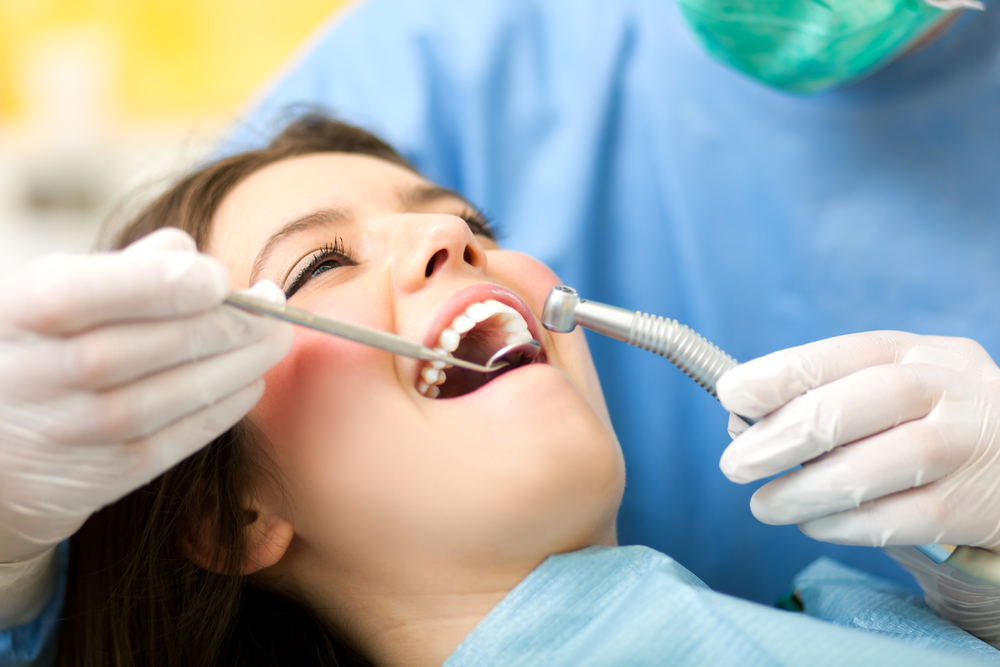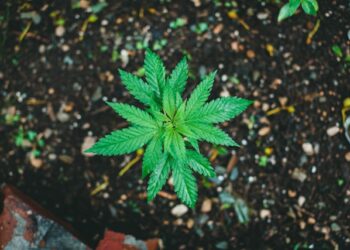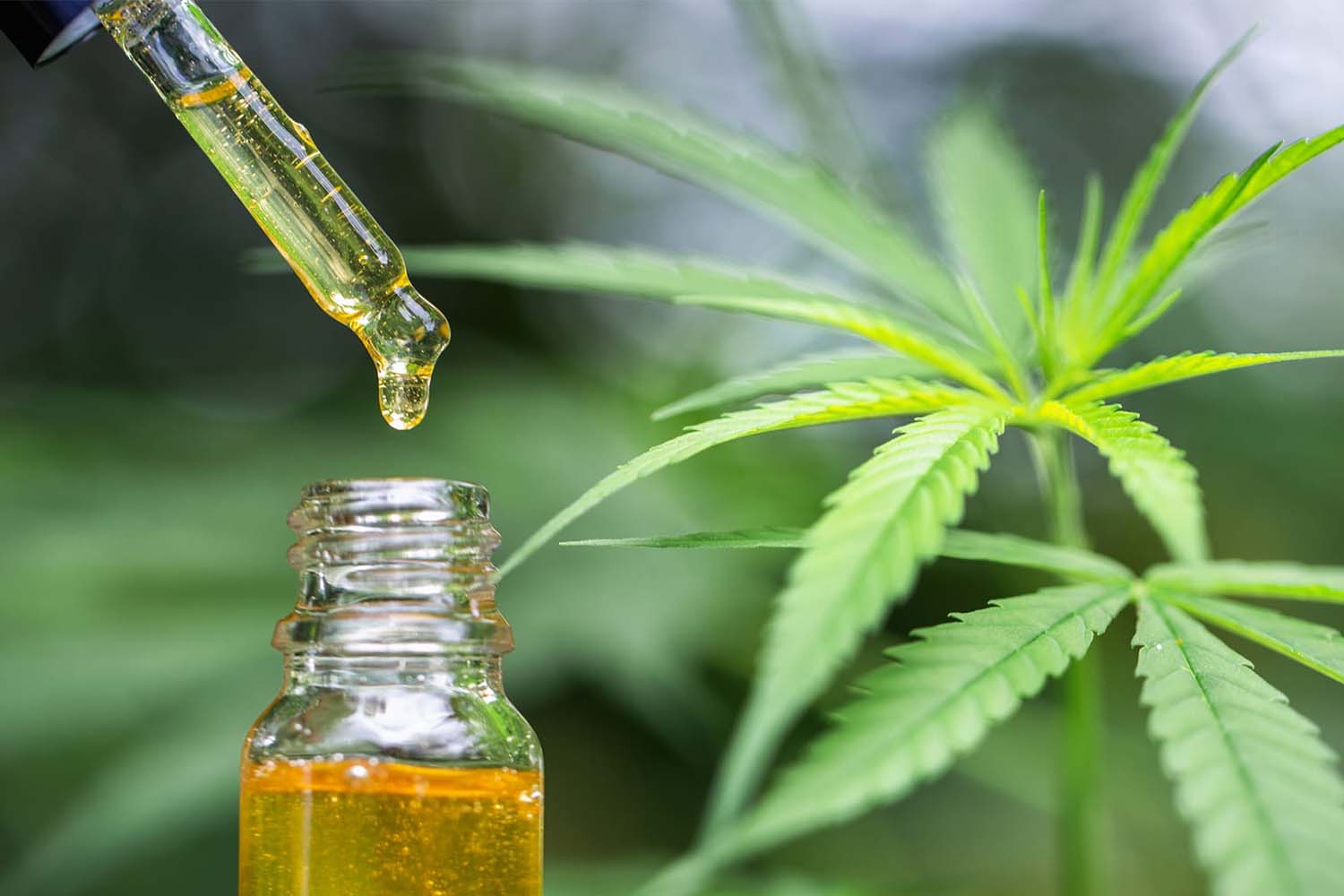Maintaining clean retainers is crucial for oral health and the longevity of the devices. In this article, we will explore the significance of dental retainers and why it is important to keep them clean. We will discuss the potential oral health risks of unclean retainers and the benefits of regular cleaning. Additionally, we will provide you with the best ways to clean retainers, including using a soft-bristle toothbrush, avoiding abrasive toothpaste, rinsing with lukewarm water, and steering clear of alcohol-based products. We will also cover the use of foam retainer cleaners, vinegar solutions, and hydrogen peroxide. By following these cleaning techniques, you can ensure the effectiveness and lifespan of your retainers while promoting optimal oral hygiene.
What are dental retainers?
A retainer is a custom-made device that is used after braces or other orthodontic treatment to help maintain the alignment of the teeth. It is typically made of plastic or a combination of plastic and metal wires. Retainers are designed to prevent the teeth from shifting back to their original positions. They are usually removable and should be worn as directed by the orthodontist to ensure the long-term stability of the teeth and the success of the orthodontic treatment.
Why is it important to keep retainers clean?
Cleaning retainers is important for multiple reasons:
- Oral hygiene: Unclean retainers can harbor bacteria, leading to bad breath, gum inflammation, and potential oral infections.
- Plaque prevention: Retainers can trap plaque, increasing the risk of dental cavities and gum disease. Regular cleaning helps remove plaque and maintain oral health.
- Odor control: Neglected cleaning can cause unpleasant odors and taste. Proper cleaning eliminates unwanted smells and ensures a fresh feeling.
- Retainer lifespan: Regular cleaning preserves the integrity of retainers, preventing damage and extending their usability.
Best ways to clean retainers
Maintaining a clean and hygienic retainer is essential for oral health and the longevity of your appliance. To effectively clean your retainer, we are going to explore a few options to how to clean retainers, including using soft bristle toothbrush, using retainer cleaner, and more.
- Use a soft-bristle toothbrush to clean both your teeth and retainers. This helps remove debris and bacteria and hard-bristle toothbrush can scratch or damage the retainer surface.
- Avoid abrasive toothpaste as it contains gritty or abrasive particles. These particles are added to toothpaste to help remove stains and plaque from the teeth. While they can be effective for natural teeth, they can be harmful to the surface of retainers, which are typically made of plastic or a combination of plastic and metal wires. The abrasive particles in toothpaste can scratch or damage the smooth surface of retainers, making them more prone to bacteria buildup and reducing their longevity.
- Rinse your retainers with lukewarm water. Avoid hot water.Retainers are typically made of plastic or a combination of plastic and metal wires, which can be sensitive to heat. Exposing the retainers to hot water can cause them to warp or lose their proper fit, compromising their effectiveness in maintaining the alignment of your teeth.
- Do not use alcohol or alcohol-based products such as alcoholic mouthwash. Alcohol can also affect the transparency of the retainer, making it cloudy or discolored. It can also degrade the plastic material of the retainers, making it brittle and easier to break.
- Clean your retainer with a foam retainer cleaner. Fizzy 3-in-1 retainer cleaner is a great option. pump some foam on each tray, let the trays sit for 3-5 minutes, brush with a soft-bristle toothbrush and rinse off with lukewarm water.
- Clean your retainer with vinegar solution. Create a mixture of equal parts white vinegar and water, soak your retainers for 15-30 minutes, and rinse them thoroughly afterward. It is not as effective as the professional cleaning solutions for retainers but if you’re looking for an affordable solution or at home remedy, you could give it a try.
- Clean your retainer with hydrogen peroxide. To use hydrogen peroxide for cleaning retainers, create a solution with equal parts hydrogen peroxide and water. Submerge the retainers in the solution for 15-30 minutes. Afterward, rinse them thoroughly with lukewarm water and optionally brush them with a soft-bristled toothbrush and non-abrasive toothpaste. Rinse again and dry the retainers before storing them. It’s important to use a hydrogen peroxide concentration of 3% or lower and follow any specific instructions from your orthodontist.
Summary
In summary, dental retainers are custom-made devices used after orthodontic treatment to maintain teeth alignment. Keeping retainers clean is important for oral hygiene, plaque prevention, odor control, and prolonging their lifespan. To clean retainers effectively, use a soft-bristle toothbrush and avoid abrasive toothpaste. Rinse with lukewarm water and avoid hot water. Avoid alcohol-based products and instead opt for foam retainer cleaners or vinegar solutions. By following these best practices, you can ensure your retainers stay clean, fresh, and in optimal condition.







